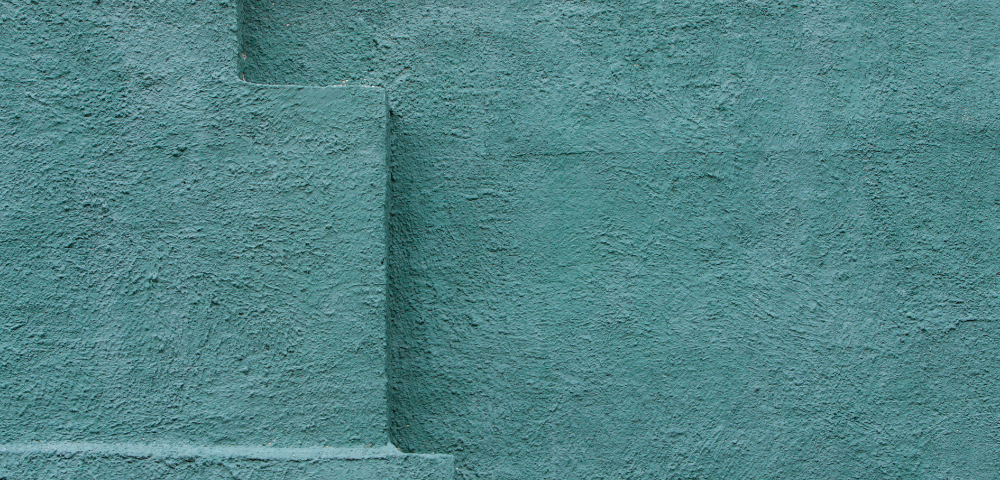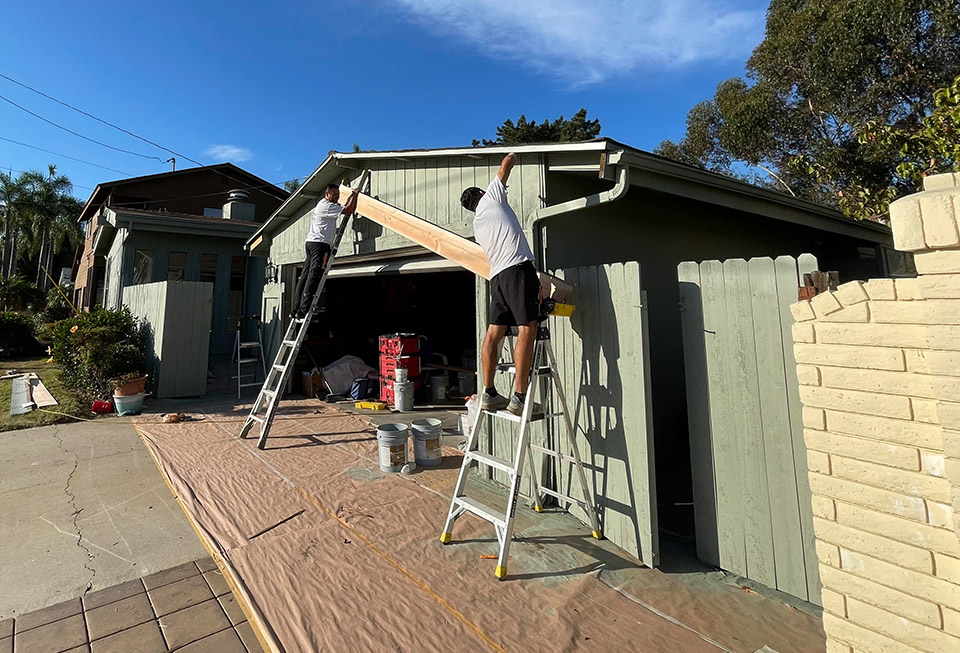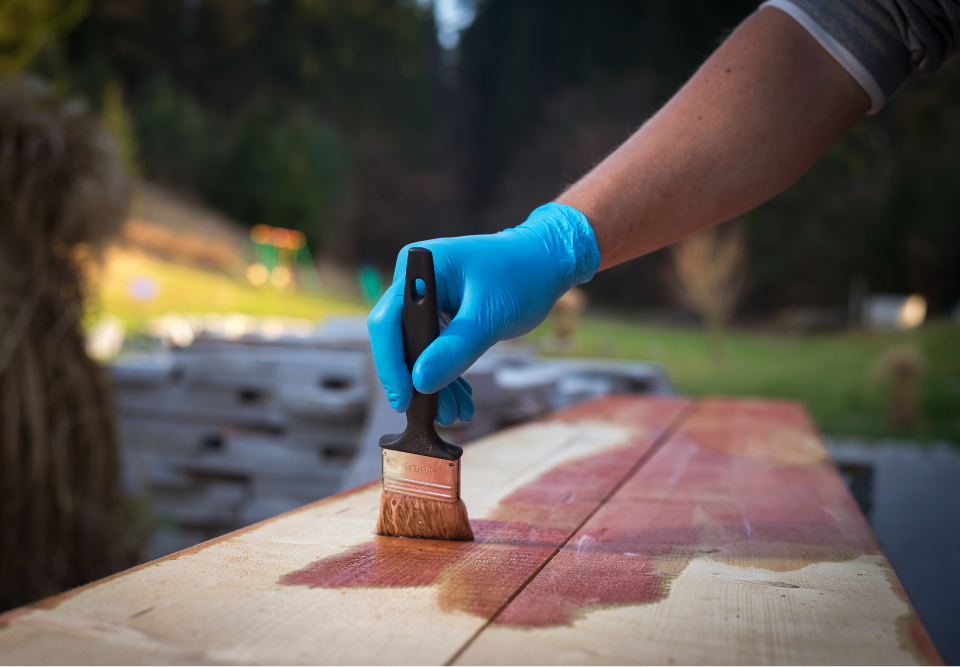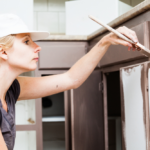
What is the best time for kitchen cabinet painting?
October 14, 2022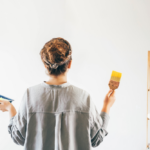
6 hotel painting ideas your guests will love
October 31, 2022A popular siding option for many homes is stucco. Not only is it a favored choice among many homeowners, but it’s also the oldest residential siding option that has been around for centuries.
The most common type of stucco for a home is a cement-like mixture that’s applied to the exterior in multiple layers. Over the years, new forms of stucco have reached the markets that include acrylic, insulated, and crack suppressant options.
If you need more insight into what exterior stucco repair is, follow this guide.
What are the benefits of using stucco for a home?
- Offers a durable and long-lasting finish, if maintained properly; attending to repairs when necessary can make the siding last for over 50 years
- Improves the energy of your home, since stucco is such a tough exterior, reducing heating costs
- Enhances curb appeal, which is a huge positive of using stucco as it comes in various colors and textures
- Saves costs, especially when installing and maintaining stucco siding as it’s an extremely durable exterior
How is stucco applied to the exterior of a home?
A professional stucco technician will follow a particular procedure when applying stucco for a home’s exterior:
- The stucco is applied over a base of house wrap or felt and lath; typically, three layers of stucco are applied by hand using a trowel
- The texture and color of the stucco are added when the final coat is ready to be applied
How can stucco for a home be maintained?
- Inspect your stucco exterior annually for any damages or cracks and repair them as soon as possible
- Hose off dirt, if you notice any, using mild pressure, but generally, stucco doesn’t require cleaning
- Keep soil levels around your home below the stucco finish as it can draw moisture when in contact with the soil
- Repaint the stucco to give your home a refreshed exterior appearance as the color of the stucco is likely to fade over time
- Make sure to trim any trees or shrubs around your home occasionally so they don’t rub against the stucco
- Install gutters, if you haven’t already, to reduce the chances of water damage affecting the stucco and repair any damaged gutters
Are there any drawbacks to using stucco for a home?
If applied using the right technique, there aren’t many faults with this siding. Stucco, however, is known to:
- Crack due to improper application as it settles into the home—hairline cracks are normal and newer stucco products in the market reduce the chances of cracking
- Decrease insulation, but newer types of stucco tend to fair much better than conventional stucco
- Stain over time if water runs down it, which is why installing gutters and keeping sprinklers away from the stucco is crucial
Stucco should be applied by a service that specializes in exterior stucco repair
If you’re considering upgrading the exterior of your home with stucco siding, make sure to contact a contractor that specializes in stucco siding and residential stucco repair.
Stucco professionals in the San Diego area can help you achieve the best exterior for your home and increase its curb appeal.
